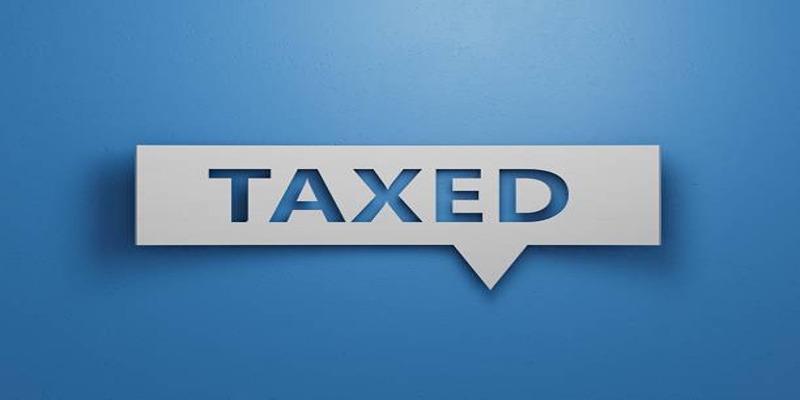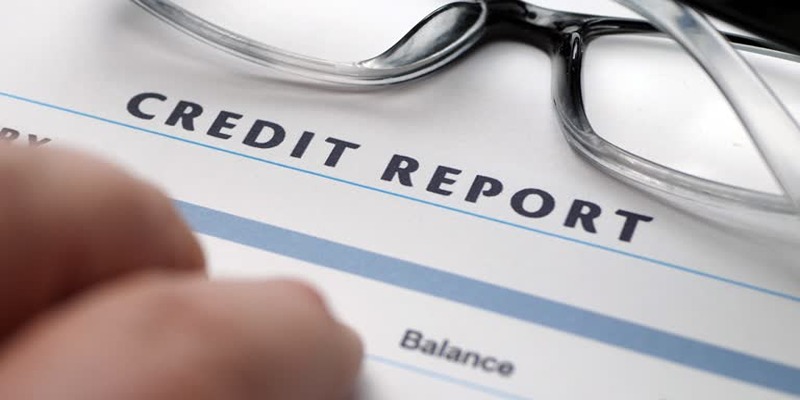Insurance policies don’t always come in a one-size-fits-all format. Sometimes, you’ll want to make a change—big or small—to match your current situation, and that’s where an endorsement steps in. Think of it as an official tweak to your policy that changes the terms without needing to write up an entirely new contract. It’s not flashy, but it’s important. And if you’ve ever wondered how to personalize your coverage without starting over, this is where you’ll want to pay attention.
What’s an Insurance Endorsement?
Let's start with what it is in the simplest terms. An insurance endorsement, also known as a rider, is a document attached to your existing policy that modifies its original terms. It can add coverage, remove it, or clarify details that were vague before. The important part? It's legally binding, just like the rest of your policy.
You don’t need to be knee-deep in legal jargon to understand what that means. If your insurance policy is the blueprint, the endorsement is a post-it note with updated instructions. And yes, your insurer must follow that note, just as the original plan.
Most endorsements take effect immediately or on the date agreed upon by both parties. There's no need to pause everything or go through another round of applications. It's efficient, and it keeps things moving.
Common Types of Endorsements
Insurance endorsements aren't rare—far from it. In fact, they're everywhere, quietly doing their job in various policies. Let's break down some of the most common ones you might run into.
1. Home Insurance Endorsements

Your homeowner’s policy might cover a lot, but it doesn’t always include the extras. Have a pricey piece of jewelry? A family heirloom? These often exceed the base limits. A personal property endorsement can cover the gap so you’re not left footing the bill after a loss.
Then there’s the water backup endorsement. Many people assume water damage is covered automatically. But if a sump pump fails and your basement floods, you’ll likely need this endorsement in place to get help paying for cleanup and repairs.
2. Auto Insurance Endorsements
Not everyone drives the same way. Some people want roadside assistance; others don't. An endorsement lets you add it to your policy without needing a full rewrite. The same goes for rental reimbursement—if your car’s in the shop, you’ll be glad to have that extra help with the cost of a temporary ride.
Gap coverage is another one. It’s not in most standard policies, but it can be added. This one’s important if you owe more on your car loan than your vehicle is worth. If you total your car, it helps pay off the difference.
3. Life Insurance Endorsements
With life insurance, riders can adjust the benefit or add functionality. Want your policy to pay out early if you’re diagnosed with a terminal illness? That’s an accelerated death benefit rider. Or maybe you want the option to buy more insurance later without going through a medical exam—that’s where a guaranteed insurability rider comes in.
These small additions make a major difference in how your policy works when you need it most.
When to Consider an Endorsement
So, how do you know if you need one? It usually boils down to change. Life happens—sometimes slowly, all at once—and your insurance should keep up. That doesn't mean redoing your entire policy. It means adjusting parts of it so everything still fits.
Here are a few situations where an endorsement might be the right move:
- You’ve renovated your home and increased its value
- You’ve bought something valuable that isn’t fully covered
- You’ve added a new driver to your household
- You’ve changed how you use your car—for work, maybe
- You’ve reached a point where you want more flexibility in your life insurance
An endorsement is a way to handle these changes without unnecessary fuss. It keeps your policy relevant to your current needs.
How to Add an Insurance Endorsement in 5 Simple Steps
Getting an endorsement isn’t complicated, but there is a process. And following the steps in the right order can save you time and unnecessary back-and-forth.
Step 1: Review Your Existing Coverage
Before you add anything, know what you already have. Pull out your current policy and look through the limits, exclusions, and benefits. This helps you spot gaps or outdated details.
Let’s say your homeowner’s policy was written years ago and doesn’t reflect recent upgrades to your kitchen. That’s your signal to think about expanding the coverage.
Step 2: Identify the Change You Need
Once you've spotted the gap, it's time to clarify what exactly needs to be changed. Are you looking to cover something new? Modify a coverage limit? Remove a section that no longer applies.
Being clear helps your insurer understand what you’re asking for—and speeds up the process. Vague requests usually mean longer wait times and more back-and-forth.
Step 3: Contact Your Insurance Provider

Reach out to your agent or insurance company. You can do this over the phone, via email, or in person if that’s your thing. Explain what you want and ask whether an endorsement is the best way to do it. Most of the time, it is.
At this stage, your insurer might ask for documentation—an appraisal, proof of a home upgrade, or even a new driver’s license. Be ready to provide what they need.
Step 4: Review the Terms of the Endorsement
Before anything becomes official, you’ll get a copy of the endorsement terms. Read it carefully. Don’t skim. You’re looking for how the changes will affect your premium, your deductibles, and your overall coverage.
If anything seems off or unclear, now’s the time to ask questions. It’s easier to fix before you sign than after.
Step 5: Agree and Keep a Copy for Your Records
Once everything looks good, you’ll sign off on the endorsement, and it becomes part of your official policy. Keep a copy for your records. Even better, save it digitally and print a backup. From this point forward, your policy will include the changes—and you’re set.
Wrapping It Up
Insurance endorsements aren’t about making your policy fancier. They’re about making it fit better. They’re quiet, behind-the-scenes adjustments that make sure your coverage still lines up with your life. Whether it’s a tweak to your home coverage, a rider on your auto plan, or an added layer to your life insurance, these changes matter. They give you control without making you start from scratch.
So the next time something shifts in your life—a new job, new car, big purchase—think about whether your insurance needs to shift too. And if it does, don't panic. A well-placed endorsement can handle it.












